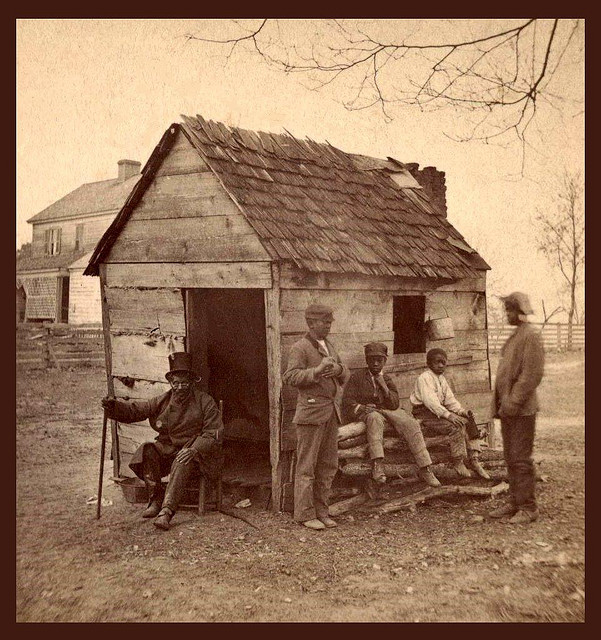For things he deems so important to contemporary American culture, Luke certainly doesn’t seem to find many strong points in the museums he cites as examples in this book. I have no trouble agreeing with his basic premises of the book that he reinforces in his conclusion–essentially, that museums are educational (and re-educational) tools that depict biased or politically influenced narratives of history, culture, etc. I do, however, have some issues with the hyperbolic criticisms that he inflicts on the museums he has chosen to examine.
I do not believe that the purpose of the Holocaust Museum, as Luke defines it, is to stand “forthrightly against all of the far-right or neofascist attempts to deny that the Holocaust even happened.” I think the museum’s purpose is simply to educate the public regarding the facts of what happened, and I don’t think there are truly enough Holocaust deniers in the world to warrant that statement. I also do not agree that the museum is too entertaining; it is shockingly compelling, but not over the top in its efforts to inform. Luke’s criticism of the images displayed there as being too horrific and shown too often so as to make them taken for granted contrasts with his previous criticism of the detractors of the Enola Gay/American West exhibits who wanted the exhibits to be overly politically correct. Luke neglects to suggest what type of balance he believes should be instated for museums exhibiting controversial subjects such as these.
On the other hand, his depictions of how the Museum of Natural History and the Missouri Botanical Garden define discourse and cultural realities seems quite exaggerated. I have no doubt that, upon its establishment, the Museum of Natural History provided an unprecedented and influential glimpse into “the disorder of beings, ordinarily known as ‘life.'” (Make it stop!) However, his implication that “people probably learn much more about art, culture, history, nature, and science from museums” than they do elsewhere is entirely unfounded.
Finally, I found it hard to understand why Luke seemed to be able to accept the Missouri Botanical Garden’s “florapower” narrative while rejecting that of the Sonora Desert Museum. Surely the Botanical Garden must not be completely accurate in its representations either. However, since it seems that Foucault would have absolutely loved the Missouri Botanical Garden, I guess his self-appointed apotheosizer is obligated to do so as well.

